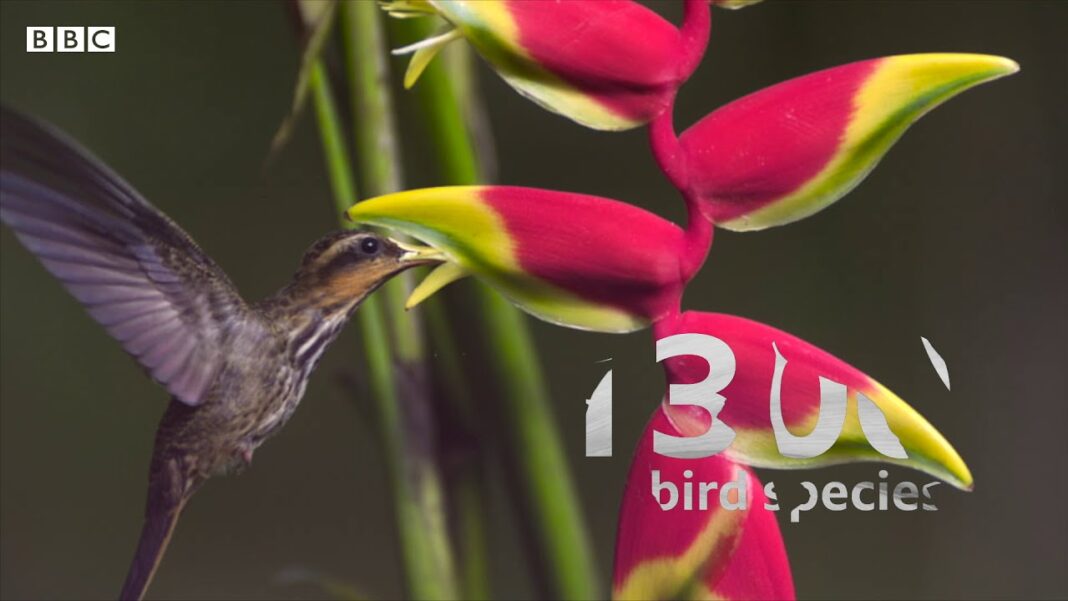The Amazon rainforest is a vast and diverse ecosystem that covers over 5.5 million square kilometers in South America. It is known as the “lungs of the Earth” due to its crucial role in regulating the global climate and maintaining the oxygen levels in the atmosphere. The Amazon is home to millions of plant and animal species, making it one of the most biodiverse regions on the planet. In this blog post, we will dive into the importance of the Amazon rainforest, its rich biodiversity, the threats it faces, and the efforts being made to protect and conserve this precious ecosystem.
Importance of the Amazon Rainforest
The Amazon rainforest plays a vital role in sustaining life on our planet. It is estimated that about 20% of the world’s oxygen comes from the Amazon, which is produced by the plants through the process of photosynthesis. This makes it a crucial source of clean air for not only the people living in South America but also for the rest of the world. The Amazon also acts as a carbon sink, absorbing large amounts of carbon dioxide from the atmosphere and helping to mitigate the effects of global warming.
Apart from its role in regulating the global climate, the Amazon rainforest is also a source of livelihood for millions of people. Indigenous communities have lived in and depended on the rainforest for thousands of years, relying on its resources for food, shelter, and medicine. The Amazon also provides valuable natural resources such as timber, oil, and minerals, contributing significantly to the economies of the countries it spans.
Biodiversity in the Amazon

The Amazon rainforest is home to an incredible array of plant and animal species. It is estimated that there are over 40,000 plant species, 16,000 tree species, and 2.5 million insect species in the Amazon. The region is also home to over 2,000 bird species and over 430 mammal species. The sheer diversity of life in the Amazon rainforest is unmatched, making it a hotspot for biologists and researchers.
One of the most iconic species found in the Amazon is the jaguar. These large, majestic cats are apex predators and play a crucial role in maintaining the balance of the ecosystem. Other notable animal species include the giant anteater, capybara, and pink river dolphin. The Amazon also has an incredible variety of flora, including unique orchids and bromeliads, as well as medicinal plants that have been used by indigenous communities for centuries.
Threats to the Amazon Rainforest

Despite its importance and richness, the Amazon rainforest is facing numerous threats. One of the biggest challenges is deforestation, with vast areas of the rainforest being cleared for agriculture, logging, and mining. The expansion of cattle ranching and soybean production also contributes to deforestation, as land is cleared to make way for these industries.
Aside from human activities, the Amazon also faces natural threats such as wildfires and droughts. Climate change has led to more frequent and severe droughts, causing trees to die and making them more susceptible to fires. These fires not only destroy large areas of the rainforest but also release massive amounts of carbon into the atmosphere, contributing to global warming.
The destruction of the Amazon rainforest has far-reaching consequences, not just for the region but for the entire planet. Deforestation not only reduces the amount of oxygen produced but also releases carbon dioxide into the atmosphere, contributing to the greenhouse effect and accelerating climate change. It also leads to the loss of biodiversity, as many species depend on the rainforest for their survival.
Conservation efforts
Fortunately, there are many organizations and individuals working tirelessly to protect and conserve the Amazon rainforest. One such initiative is the Amazon Conservation Team, which works with indigenous communities to provide support for sustainable livelihoods and protect their territories from external threats. The Rainforest Trust is another organization that purchases and protects land in the Amazon, preventing it from being cleared for development.
The governments of South American countries are also taking steps to protect the Amazon rainforest. In 2008, Brazil announced its goal to reduce deforestation in the Amazon by 80% by 2020, which they achieved three years ahead of schedule. Other countries, such as Peru and Colombia, have also implemented policies and laws to combat deforestation and promote sustainable land use.
Individual actions also play a significant role in conserving the Amazon rainforest. Choosing sustainably sourced products, reducing meat consumption, and supporting organizations that work towards protecting the rainforest are all ways in which we can contribute to conservation efforts.
Conclusion
The Amazon rainforest is a unique and irreplaceable ecosystem that provides vital services to the planet and supports millions of people. Its unparalleled biodiversity makes it a treasure trove of scientific discovery, and its cultural significance cannot be understated. However, the Amazon is facing numerous threats, and urgent action is needed to protect and conserve this precious rainforest.
Through collective efforts, we can work towards sustainable land use and preservation of the Amazon, ensuring that it continues to thrive for generations to come. As individuals, we can make conscious choices to support conservation efforts and raise awareness about the importance of the Amazon rainforest. Only by working together can we ensure that this magnificent ecosystem remains a vital part of our planet’s natural heritage.

